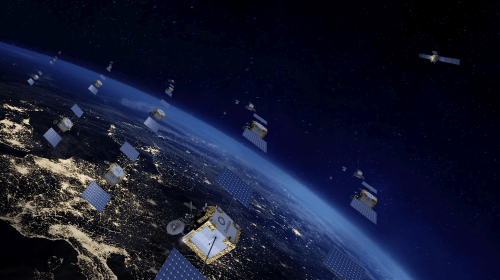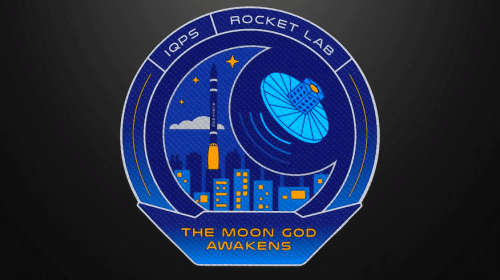Preparing for a Historic Space Cleanup
Dec 26, 2024
A British division of Japan’s Astroscale is already moving toward a historical space cleanup venture. Their current effort is geared to a specific servicer for retrieving a OneWeb broadband satellite from LEO by 2026 as they headed into the critical design review in early 2024. The company has already completed many steps in the development of subsystems and procured critical flight hardware, which is a significant step forward in dealing with space debris.
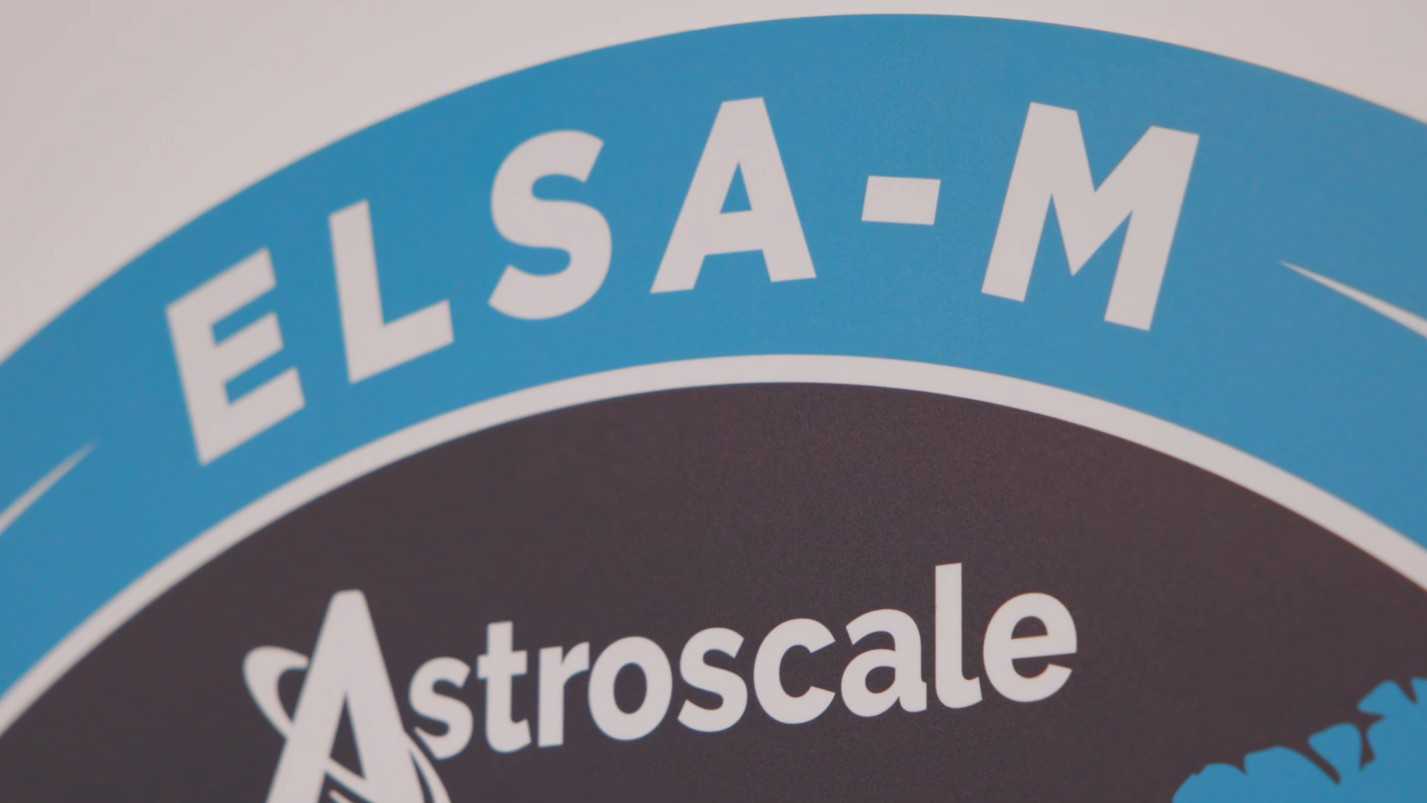 Astroscale’s ELSA-M Mission Promo. Credit: Astroscale
Astroscale’s ELSA-M Mission Promo. Credit: Astroscale
The development phase has reached an important “flatsat” stage at which components are laid out systematically on a clean room table to undergo extensive testing. The level of detail in the GN&C (guidance, navigation, and control) systems is consistent with this mission’s advancement and the need to perform Rendezvous and Proximity Operations activities with accuracy. This testing phase is the final stage in the process of achieving the necessary reliability and accuracy of the spacecraft’s onboard equipment in various conditions of orbit. The mission is not just an engineering accomplishment; it is the first commercial endeavor to deliberately dispose of dead satellites. This could be a pioneering step in setting industry norms for space operations and space debris management, which is a current hot-button issue in the space industry.
Technical Specifications and Mission Parameters
The ELSA-M program has a servicer that weighs 500 kg and is a giant leap in technologies used to remove space debris. Astroscale currently employs a team of 40 specialists in the United Kingdom who are continuously striving to fine-tune the flight software that is required to approach and capture non-operational OneWeb spacecraft. Their goal goes further than that, including the controlled reentry of dead satellites into the Earth’s atmosphere for destruction.
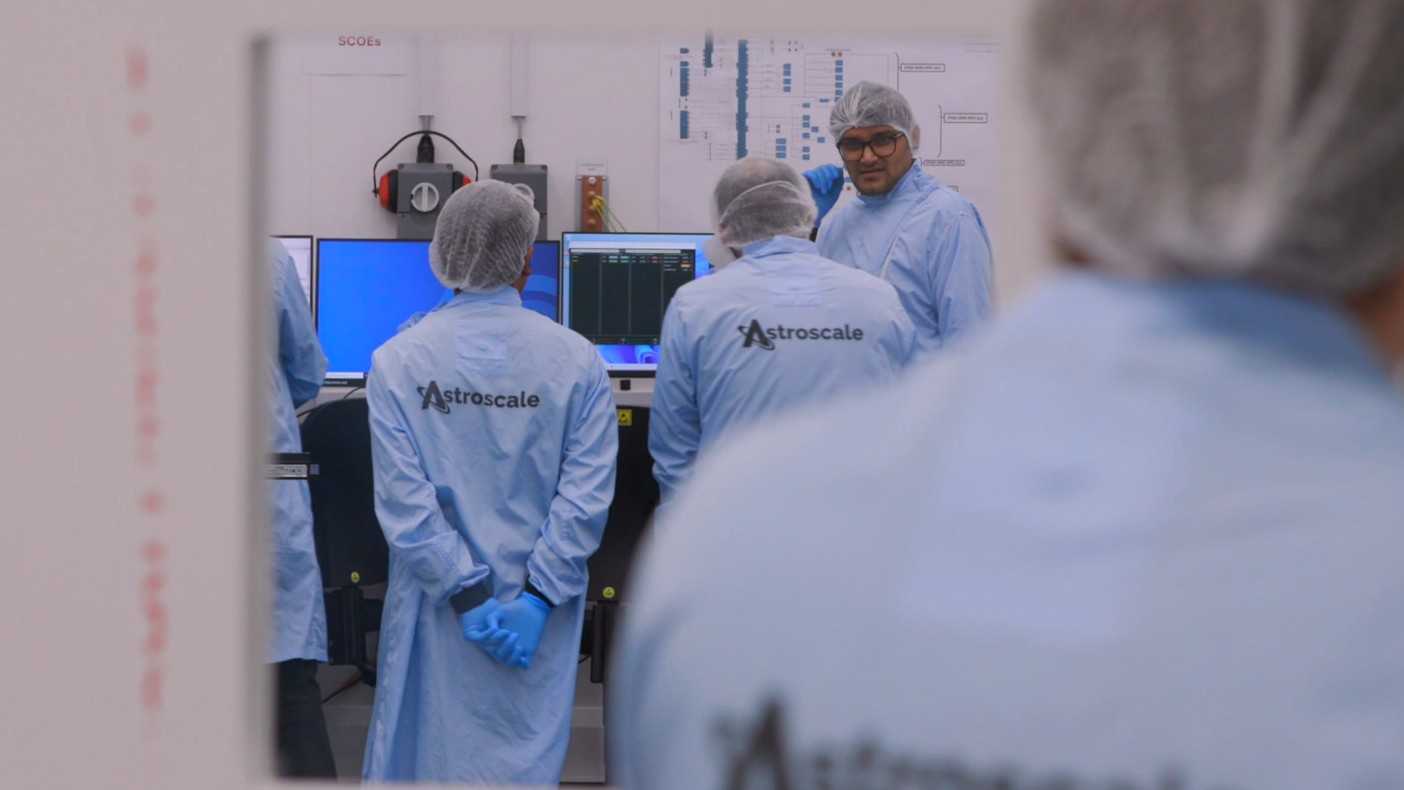 Astroscale’s ELSA-M Mission Promo. Credit: Astroscale
Astroscale’s ELSA-M Mission Promo. Credit: Astroscale
The system’s engineering solution involves magnetic docking plates that work with most of OneWeb’s constellation of over 600 satellites. This technological approach gives a clear indication of how Astroscale is focused on offering workable solutions to the emerging problems of space debris; competitors include ClearSpace from Switzerland and Starfish from America. The ELSA-M servicer is designed to improve upon the success of its predecessor, the ELSA-d mission, which performed capture and release with a test satellite in 2021. Several problems were encountered during the ELSA-d mission such as thruster failures, but these have been useful in the current design, providing better reliability and operations.
Timeline and Funding Developments
The project has been through some changes in the timeline since its inception. After algorithms and the critical design review, Astroscale expects to integrate ELSA-M subsystems through 2025 and launch operations in the second quarter of 2026. The shift from the initial plan of launching the constellation by 2024 happened because of recent changes in the public-private partnership between OneWeb and the European Space Agency, which shows how challenging it is to organize space activities internationally.
The financial model for the mission includes both state funding and private capital. Although the UK Space Agency and European Space Agency have provided funding of about $35 million, Astroscale continues to provide over 50% of the funding of the project. This funding strategy covers all aspects of space operations such as launch operations, in-orbit commissioning, capture, and de-orbit mission. This investment shows that awareness of the need to remove space debris is increasingly being recognized through this technology. Thus, when satellites of OneWeb are located at 1,200 km orbit, in which natural orbital decay would require 2,000 years, active debris removal becomes imperative to support space sustainability. This consideration has impacted upon the technical definition of the mission and the financial resources available to support it.
Launch Strategy and Mission Objectives
Astroscale is still considering a number of options for the launch to take the craft to the desired altitude of 550 kilometers. From this position, the ELSA-M would utilize onboard electric propulsion to reach OneWeb’s operational orbit. The company is keenly balancing the advantages of a specific launch against the saving on co-passengers, considering such factors as inclination and fuel consumption.
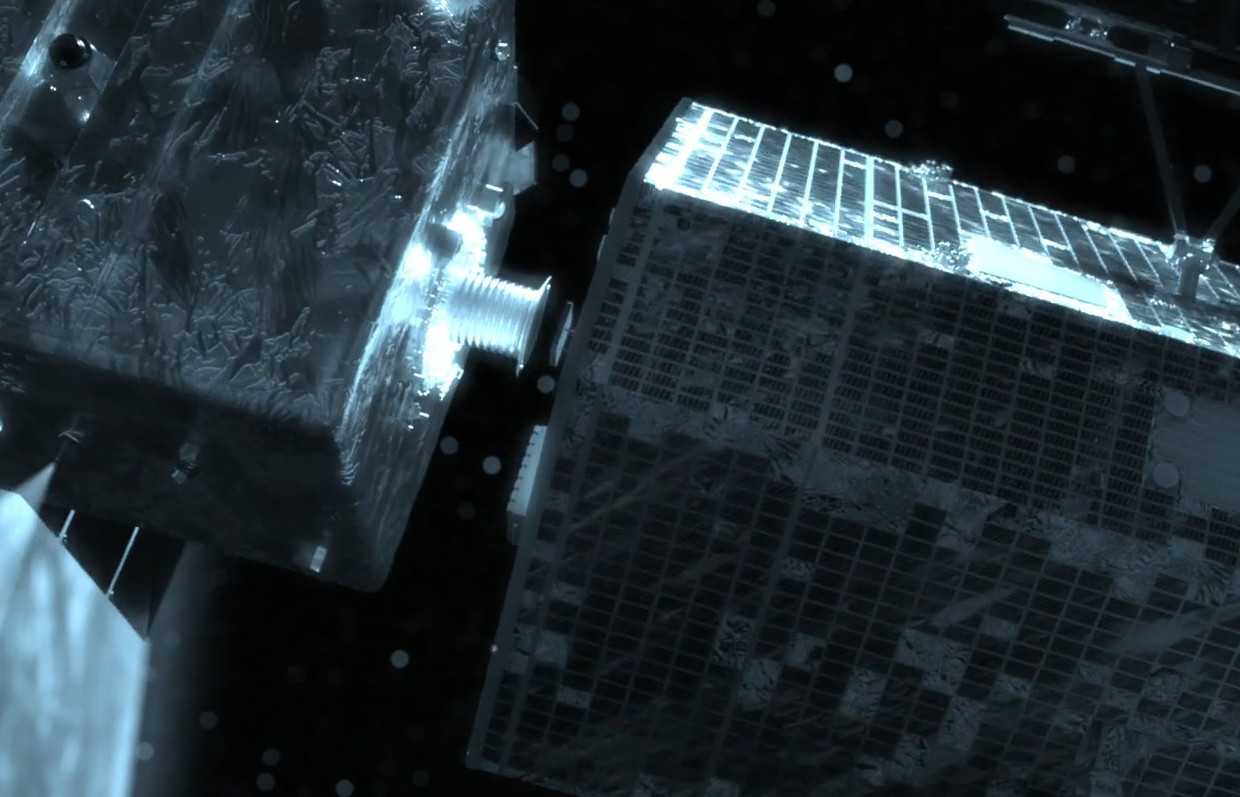 Astroscale’s ELSA-M Mission Promo. Credit: Astroscale
Astroscale’s ELSA-M Mission Promo. Credit: Astroscale
An impressive flexibility and a highly challenging objective are illustrated by the mission plan. The servicer carries enough fuel to perform three de-orbit operations, which means it can perform multiple debris removal missions. The last decision of which satellite will be the target satellite has not been made and can be decided even at the day of the launch. Such flexibility enables the best possible achievement of the mission while preserving the ability to change in response to conditions in the space environment. The considerations are several, and one of them is technical: the wish to reach OneWeb’s 97-degree inclination orbit as soon as possible. The decision to have a single dedicated launch or share a ride with another spacecraft is a delicate balance between fuel consumption for orbital operations and launch costs, which shows the most technical and economic decisions in today’s space activity.
Future Implications and Additional Projects
This is in the initial phase; however, Astroscale’s vision involves multiple space management missions. The firm is also investigating other areas where the technology may be useful, such as space awareness and collision avoidance tests. The presented ELSA-M servicer is equipped with a complex system of sensors, and this opens up new horizons for further development of space traffic management and may become a completely new level in the direction of orbital activities control.
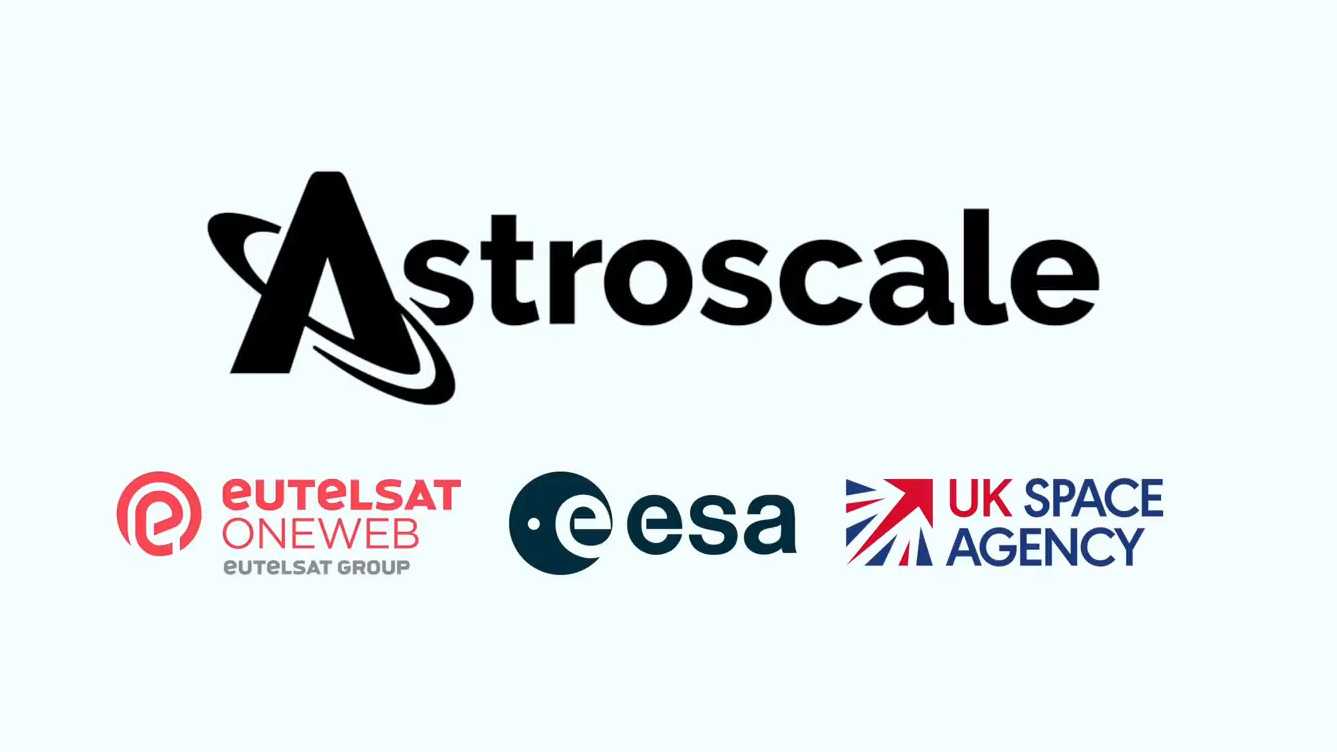 Astroscale’s ELSA-M Mission Promo. Credit: Astroscale
Astroscale’s ELSA-M Mission Promo. Credit: Astroscale
In addition to the ELSA-M project, Astroscale is to develop quite a number of other major activities. The active ADRAS-J is currently studying a discarded H-2A rocket upper stage, and the newly signed ADRAS-J2 mission, contracted for 12 billion yen, is to clear rocket fragments from LEO. Moreover, they have bid for new debris removal capabilities through their involvement in the competitive UK Space Agency contract for the COSMIC mission. These and many other activities of the company indicate that the company has a systemic view of the problems of sustainable space operations. Through creating the many different mission scenarios and technologies, Astroscale is placing itself in the market for space environmental services; thus, determining the standard for future commercial space debris removal.
This is a milestone that is so important because the space debris problem has become a worrisome issue in the last few years. Astroscale’s strategy of magnetic capture technology combined with very precise navigation systems marks the new generation of space cleanup services. Of course, the project’s value goes far beyond delivering a technical solution to a real-world problem; it shows that space debris removal services can be commercial. Being capable of performing multiple de-orbit operations and providing support for space situational awareness, ELSA-M is a basis for sustainable space activity. With more space activities being carried out, the success of this mission can spur the growth of a solid space debris management industry, which is crucial for safe utilization of the space environment in the future. The combination of the public and private sectors and the collaboration with partners from all over the world is useful for future space sustainability projects.


